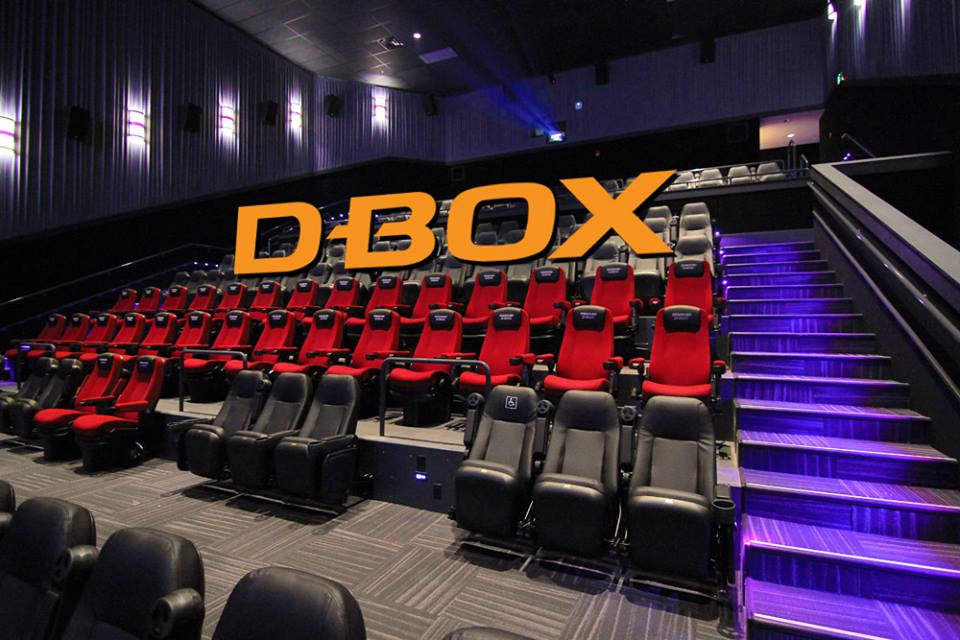

The D-box element is activated by three members of the PAR bZip family: Albumin D-site-Binding Protein (DBP) Thyrotroph Embryonic Factor (TEF) and Hepatic Leukemia Factor (HLF). In addition to the E-box element, D-box element and REV-ERB/ROR-binding element (RRE) form a regulatory network of the rhythmic gene expression, governing coordinately the transcriptional oscillations 3, 4. In mammals, CLOCK and BMAL1 bind to a DNA cis-element E-box to transactivate a wide range of target genes including their negative regulators, Per and Cry genes. In the circadian oscillator, clock genes and their encoded proteins form transcriptional/translational feedback loops, and drive expression rhythms of core clock genes 2. Circadian rhythms are governed by the circadian clock system, which is composed of three components: an oscillator that oscillates even under constant conditions an input that allows the oscillator to synchronize with environmental cycles and an output that transmits the oscillator’s signals into circadian gene expression and physiological rhythms. Many aspects of animal behavior and physiology show regular patterns based on circadian rhythms, and these rhythms are observed in a wide range of organisms 1. Collectively, D-box-mediated transcriptional regulation plays pivotal roles in input and output in the circadian clock system. In addition to the circadian control, we found that environmental stimuli caused acute induction of E4BP4 protein, evoking phase-dependent phase shifts of cellular circadian rhythms and resetting the clock. In RNA-Seq analysis of E4bp4-knockout and wild type liver, we showed the importance of E4BP4-mediated circadian repression in gene expression rhythms. We comprehensively defined functional D-box sequences using an improved bioinformatics method, MOCCS2. Here we identified 1490 genomic regions recognized commonly by DBP and E4BP4 in the mouse liver. Despite the elaborate regulation, physiological roles of the D-box in the circadian clockwork are still elusive. The DBP-dependent transactivation is repressed by competitive binding of E4BP4 to the D-box. In mammals, Albumin D-site-Binding Protein (DBP) rhythmically activates transcription of various genes through a DNA cis-element, D-box. The circadian clock drives gene expression rhythms, leading to daily changes in physiology and behavior.


 0 kommentar(er)
0 kommentar(er)
